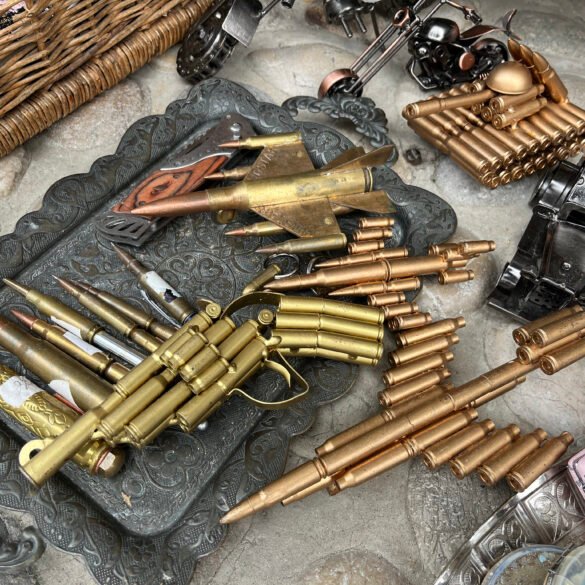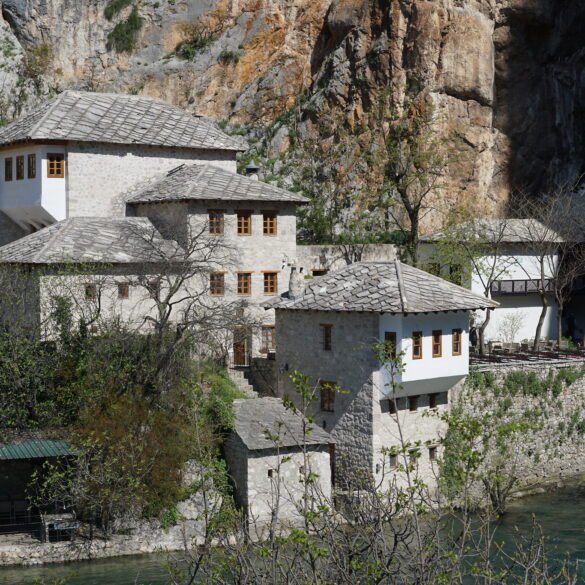The first thing I noticed after getting off the plane in Sarajevo was the mountains. Towering on all sides, they dominate the horizon, their steep slopes cloaked in lush alpine forest. These mountains have shaped Sarajevo for centuries, restricting its growth to the narrow valley, while positioning it along key mountain passes that made the small city a strategic trading post between the Adriatic coast and the Balkans. In 1984, those same peaks helped Sarajevo win its bid to host the Winter Olympics and provided a perfect setting for the newly built Olympic bobsled track.
Less than a decade later, the same mountains became deadly vantage points from which hell rained down on Sarajevo.
During the nearly four-year siege of Sarajevo from 1992 to 1995, Bosnian Serb forces surrounded the city, occupying the hills and unleashing relentless sniper fire and artillery attacks. Their aim was to force Sarajevo into surrender by terrorizing its civilian population and cutting it off from food, humanitarian aid, and any safe passage in or out. Over 300,000 residents were trapped inside. More than 11,000 people were killed, including over 1,500 children.
If you're wondering why you're getting a history lesson from a travel blog, and such a morbid one at that, let me explain. I would love to skip all of this and write only about the natural beauty of Sarajevo, the warmth of its people, the gorgeous Austro-Hungarian architecture, and the echoes of the Ottoman Empire found in intricate rugs, tiny cups of boiled coffee, and honeyed sweets. I could jump ahead to a Bosnian food post and tell you all about the flaky, savory layers of a fresh burek or the smoky, juicy perfection of street-side ćevapi. But then you'd be in the same position I was when I stepped off that plane in Sarajevo - completely and utterly unprepared.
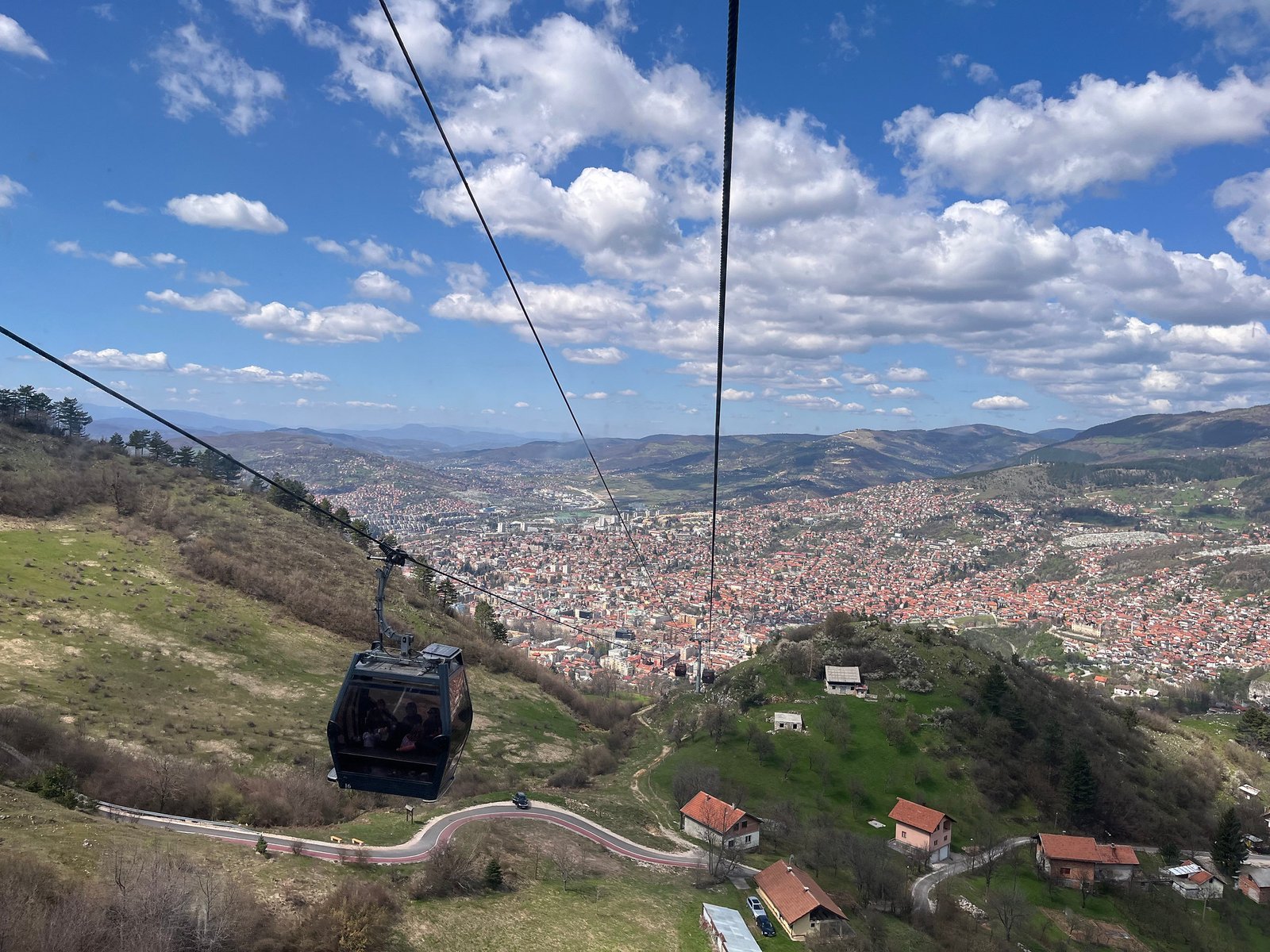
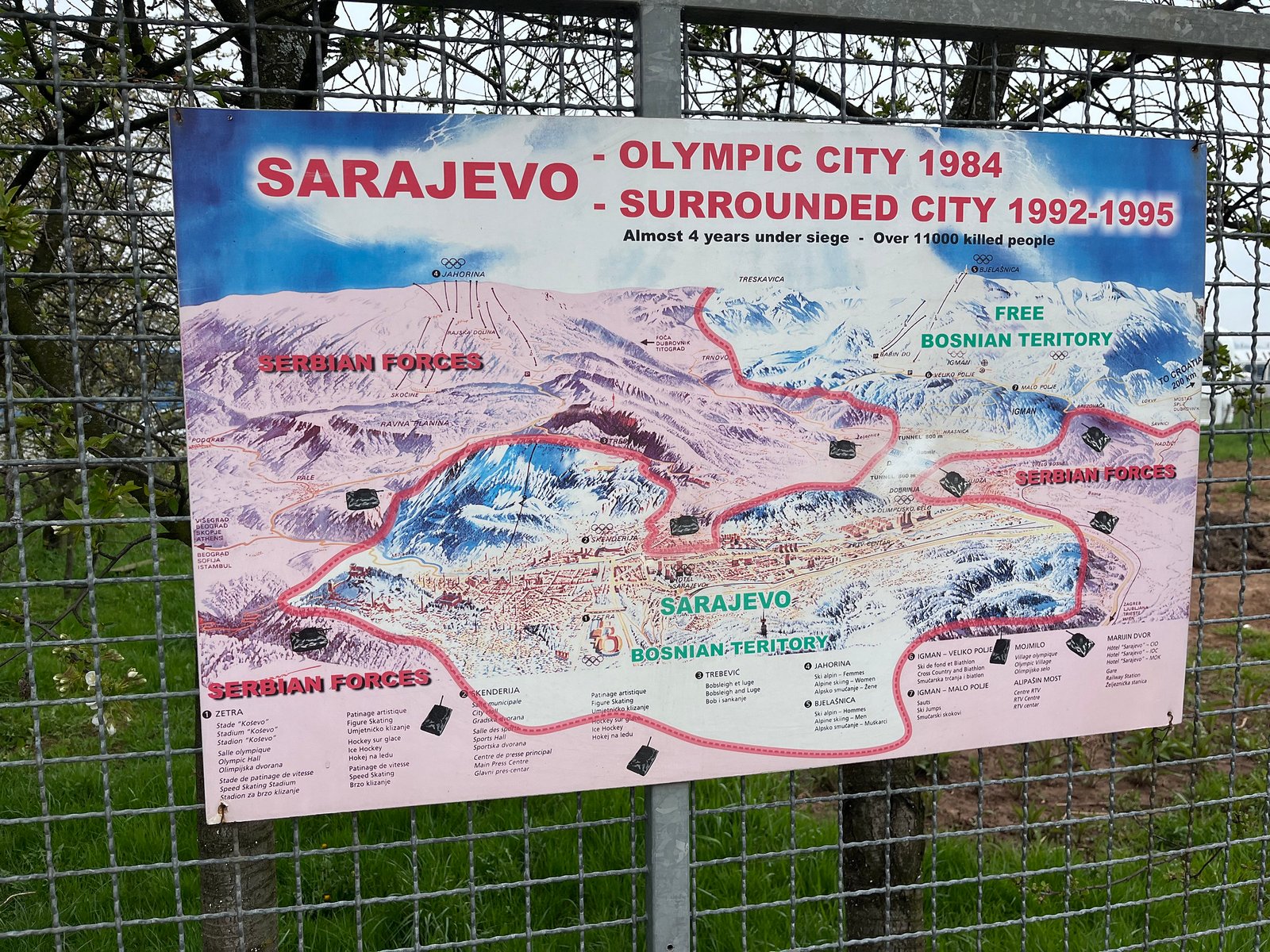
Sarajevo, like Mostar and much of the country, still lives in the long shadow of war. And once you're in the city, there's no avoiding it. Look up, and there are the mountains from which shells and bullets rained down for four years. Look around, and you'll see buildings pockmarked by mortar fire, still waiting to be repaired. Look down, and you’ll find the Sarajevo Roses.
When we first saw them, we didn’t know what they were, those red splashes on sidewalks and streets, scattered with no apparent pattern. One here, another there. We soon learned they were the scars left by mortar explosions, and that any time three or more civilians died in a single blast, the impact site was later filled in with red resin. These floral-shaped memorials, now known as Sarajevo Roses, quietly mark places of horror, transforming the city’s streets into open-air memorials.
If you didn’t know what happened here thirty years ago, then a building marked “War Childhood Museum” would be confusing, almost surreal. It certainly was to me. And no history lesson can prepare you to experience the siege of Sarajevo through the eyes of the children who lived it. Inside, there was no gore, no horror, just everyday common objects: toys, clothes, books, ration tins. Each was paired with a first-person story, recounting the memories tied to each item. An outdoor swing, once hung in a basement because it was too dangerous to go outside. A pair of skis gifted by a father who never returned. A beautiful dress for a dance recital that never happened. Object after object, quietly chronicling trauma, resilience, and hope.
We stepped outside, raw with emotion, and saw a nearby school had just let out and dozens of children were now laughing and playing in front of the museum doors. In that moment, the contrast between past and present was almost too much to understand.
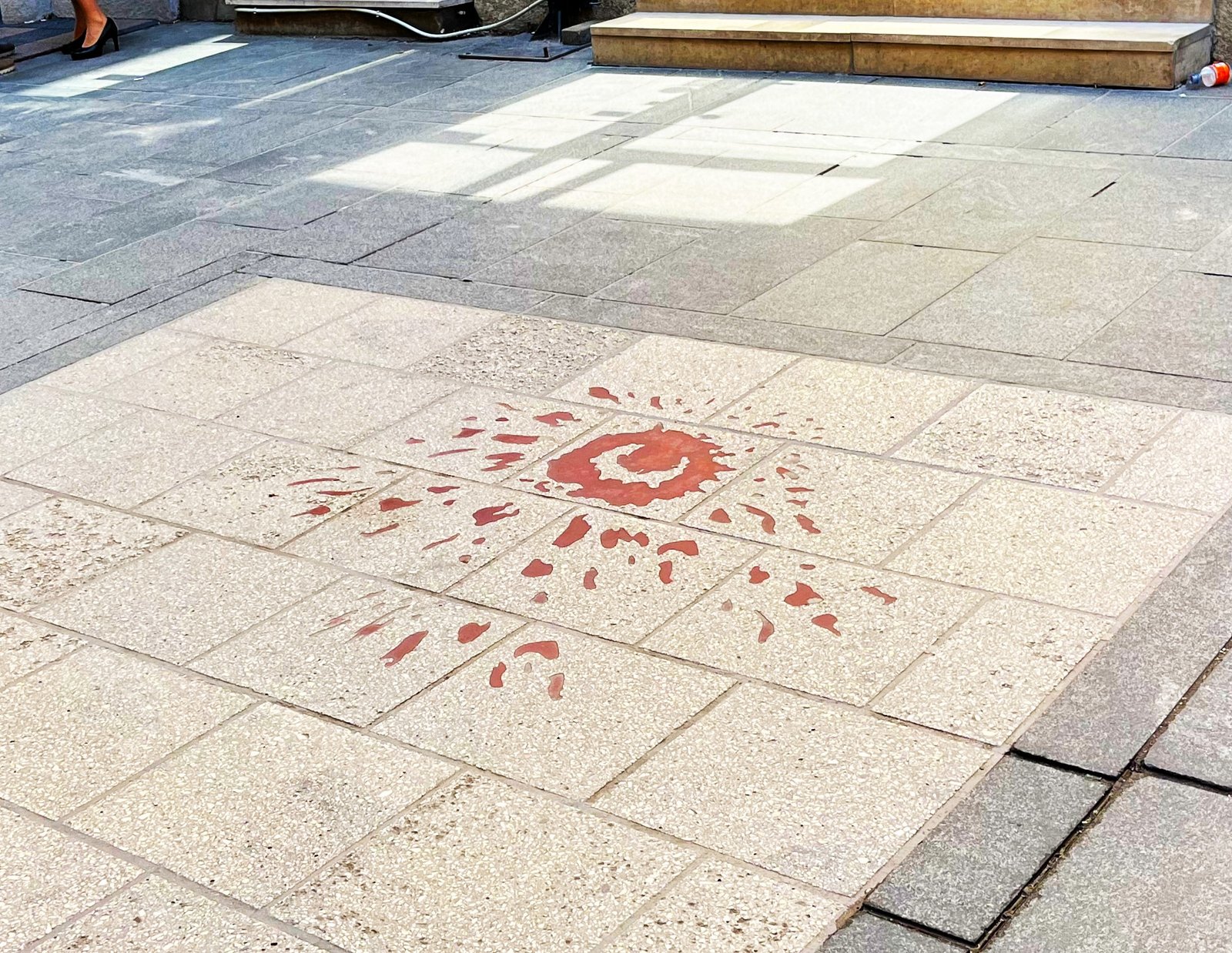
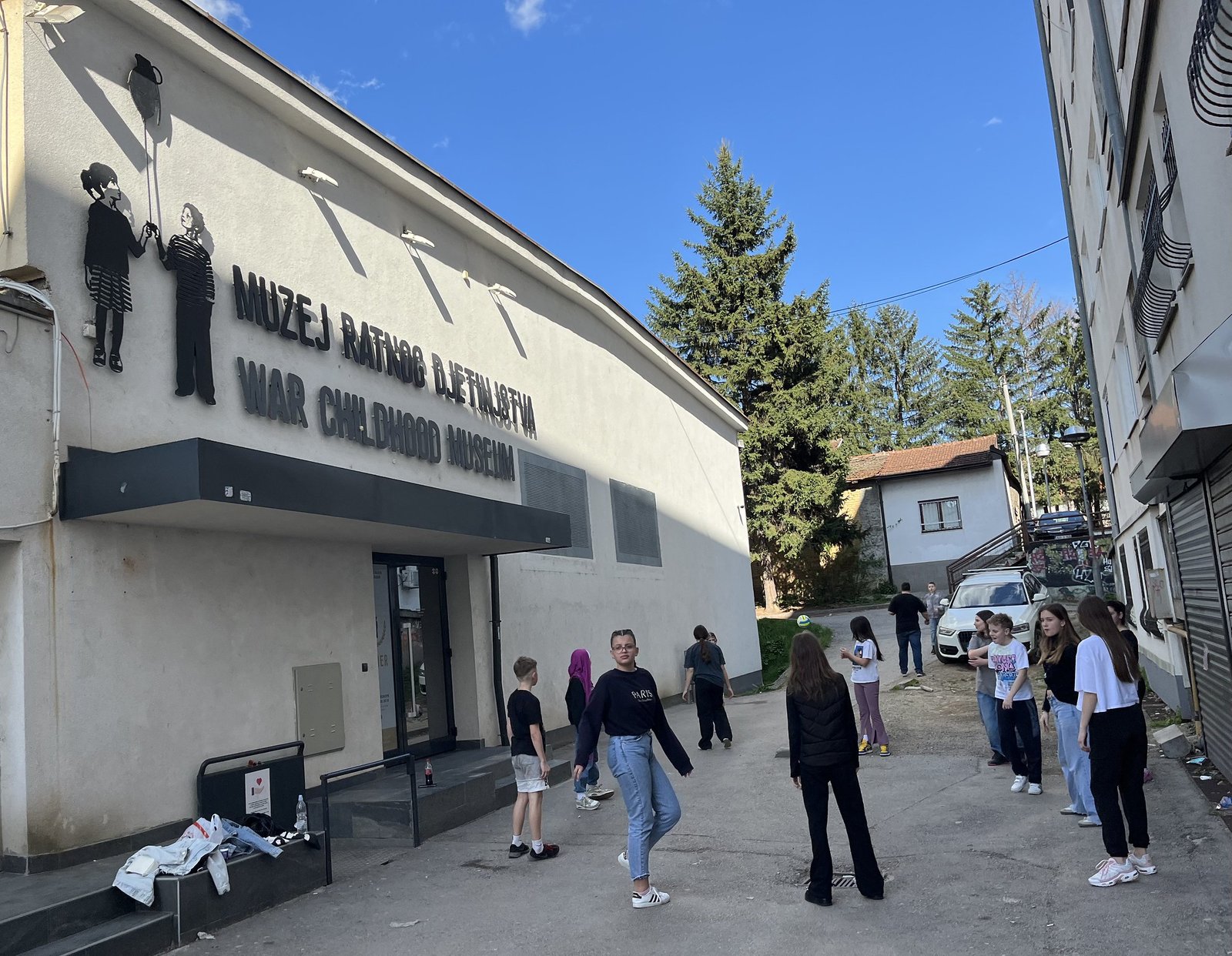
Without knowing history, you wouldn’t know why the Sarajevo University Library has no books. After Serbian nationalists deliberately shelled the library with incendiary grenades, the building was restored, but the two million books, including many rare manuscripts, were destroyed forever. In the evocative words of Miljenko Jergovic from “Sarajevo Marlboro”:
But the fate of Sarajevo University Library, its famous city hall, whose books took a whole night and day to up in the flames, will be remembered as the fire to end all fires, a last mythical celebration of ash and dust. It happened, after a whistle and an explosion, almost exactly a year ago. Perhaps the same date you are reading this. Gently stroke your books, dear stranger, and remember they are dust.
And finally, without understanding how the geography of Sarajevo impacted the course of the war, you might think that the tourist attraction “Tunnel of Hope” by the airport is something dreamlike and romantic like the popular “Tunnel of Love” with overgrown trees forming a perfect archway of dense foliage where couples come to take engagement photos. You would be surprised then to find an actual underground tunnel beneath the Sarajevo Airport’s runway, which was dug to connect the besieged city to the Bosnian-held territory outside the siege lines. Cramped, damp, and claustrophobic, the tunnel was roughly 800 meters long and wide enough for a single person to crawl through. This narrow tunnel became a lifeline for Sarajevo’s residents, allowing the transport of food, medicine, weapons, and humanitarian aid that the city desperately needed. It was also used to evacuate wounded civilians and fighters, bypassing the deadly sniper fire and shelling that plagued the surface routes.
Most of the tunnel has collapsed, but a small section has been preserved, and we walked through it, silently, in the dark, imagining what it would be like to hear mortar shells exploding over our heads or carrying a wounded child.
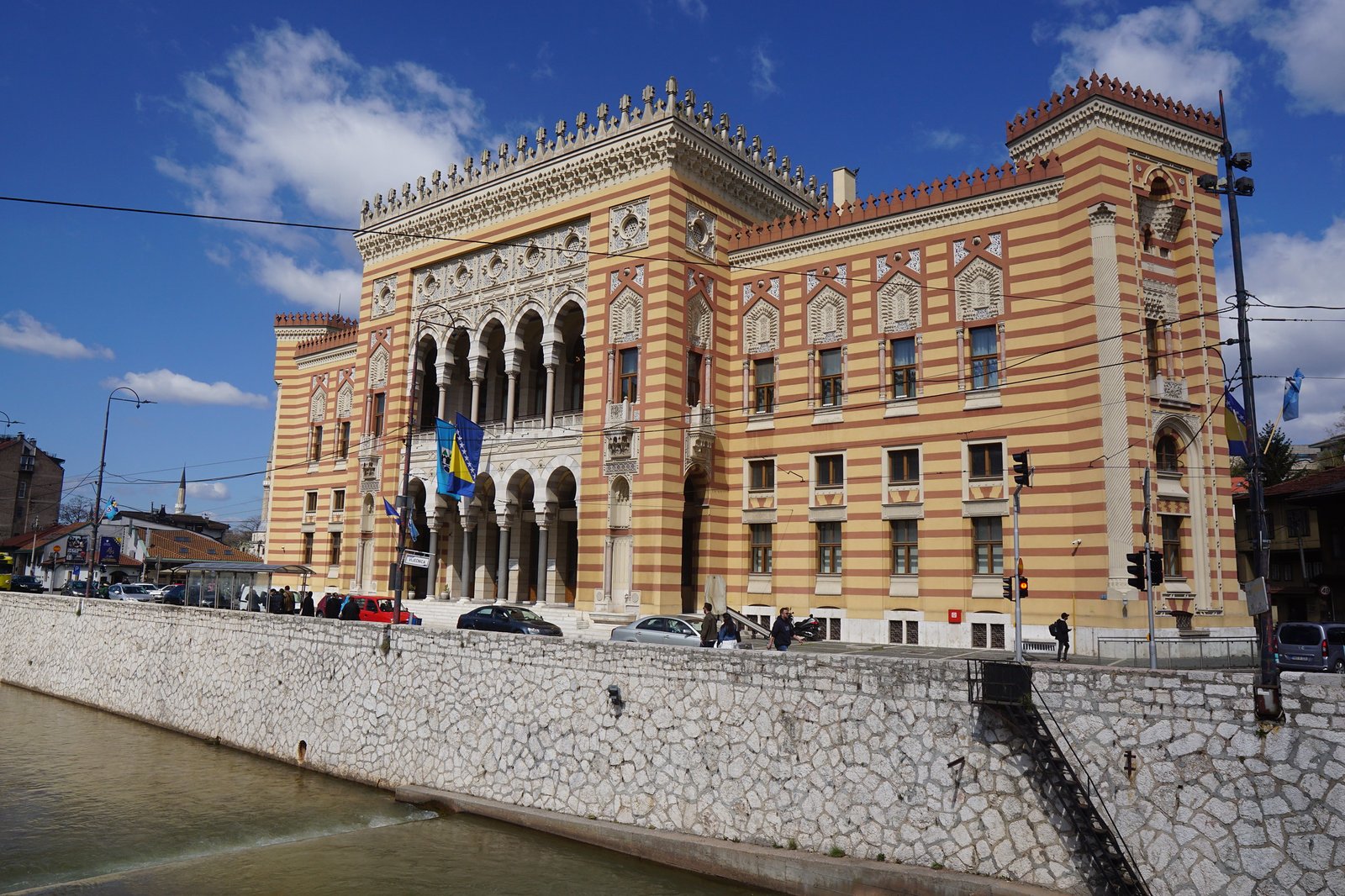
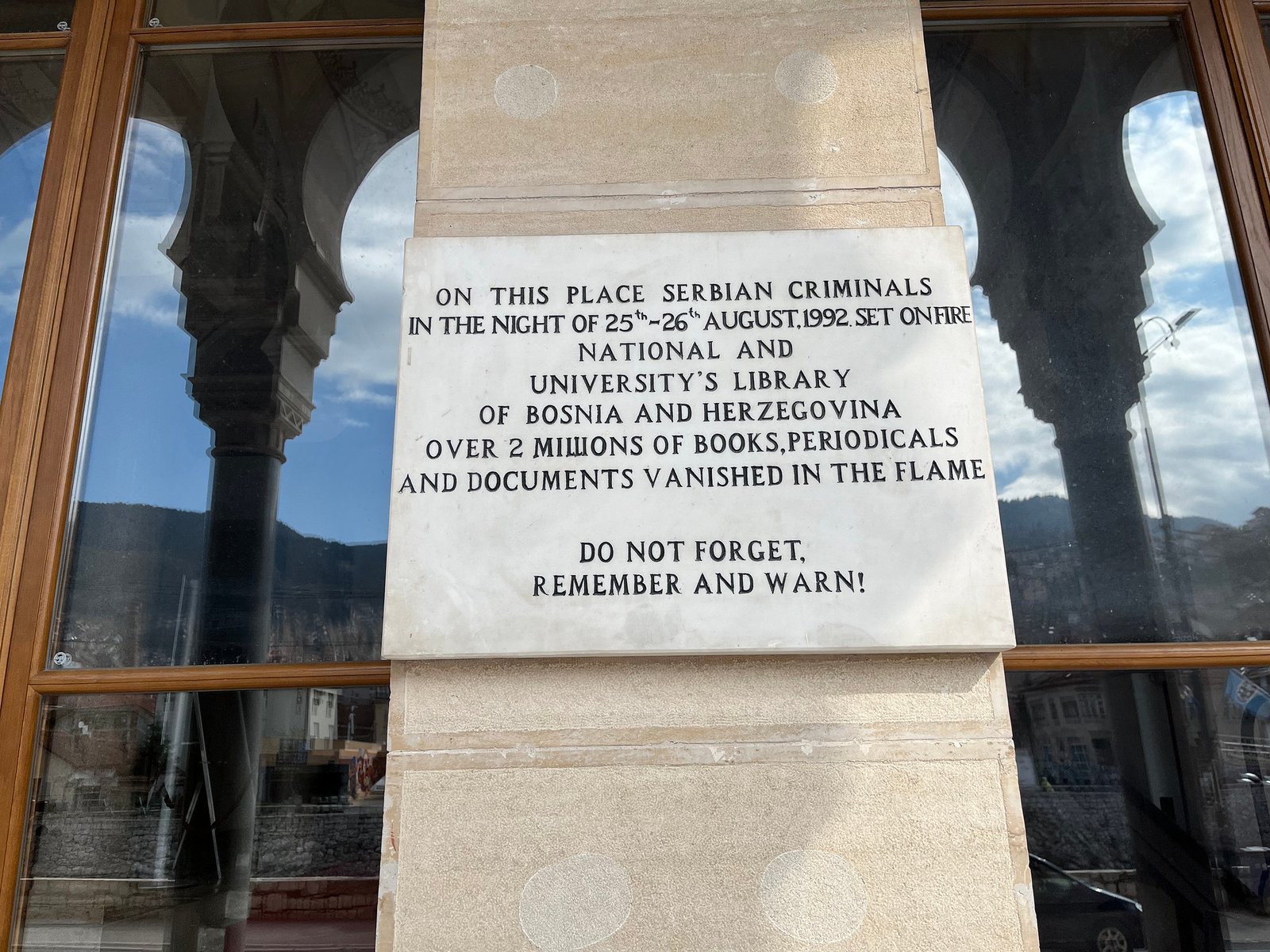
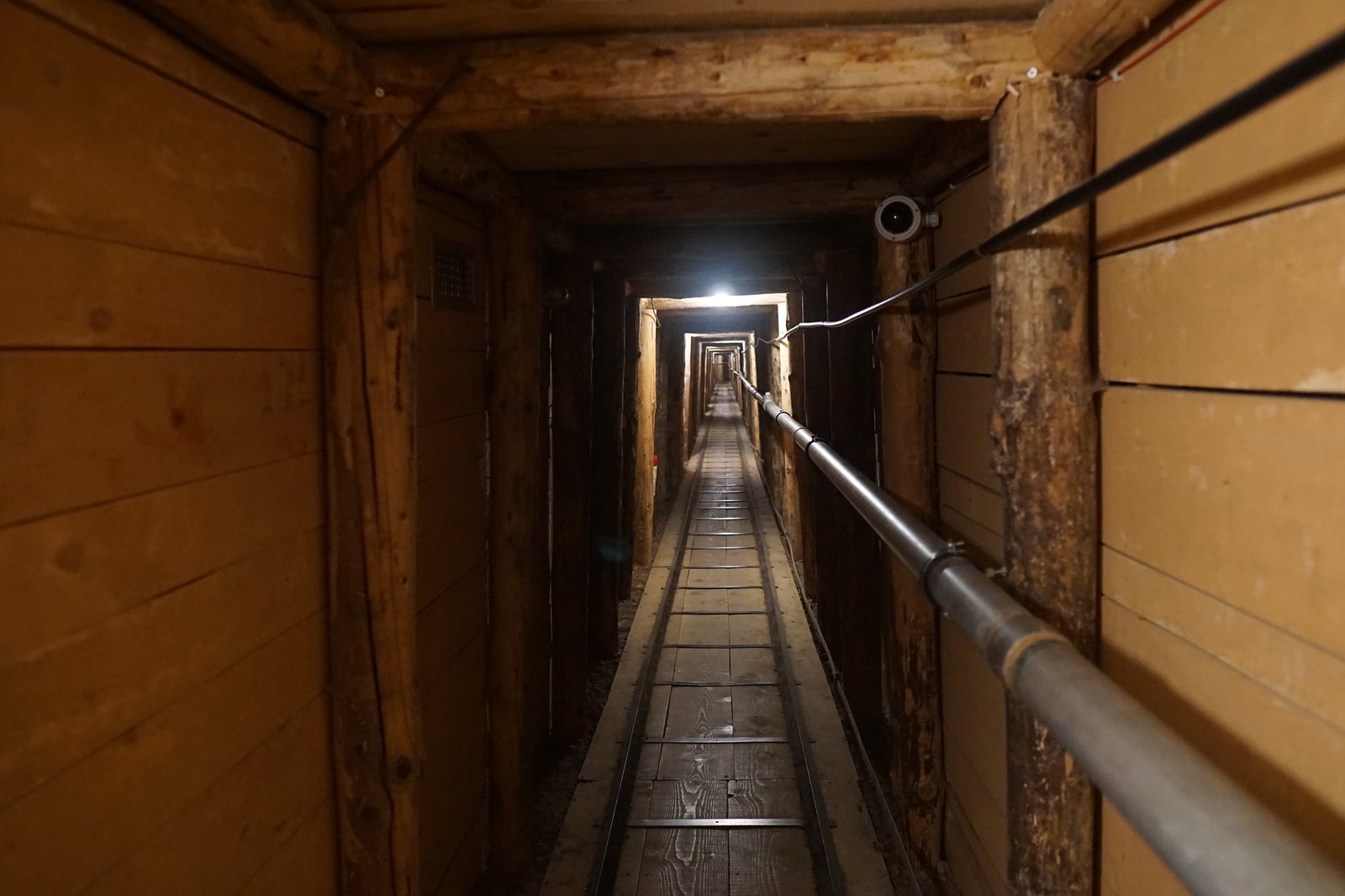
Sarajevo doesn’t allow for the comfort of ignorance. Here, history is not just something you learn about in a museum, it’s on every street, every corner. We researched the itinerary and read up on all the relevant history, and yet, nothing prepared us for Sarajevo until we walked its streets.
And now that you know a little about what made this trip so hard, we hope you stick around for the rest of the posts about what made it so easy: the gorgeous nature, the architectural sites, and the delicious food.
